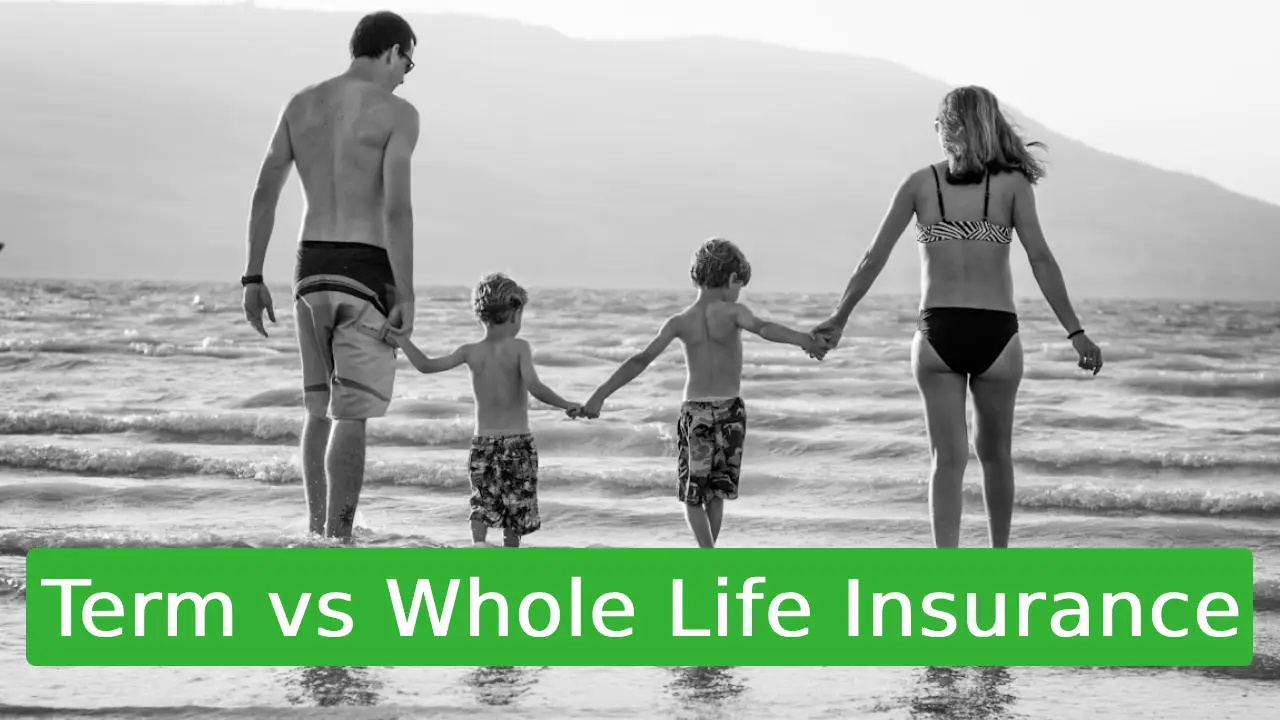Life insurance isn’t one-size-fits-all. Choosing between term vs whole life insurance is one of the most critical financial decisions you’ll make, impacting your family’s security for decades. Whether you’re a new parent, a homeowner, or planning retirement, understanding these two pillars of protection ensures your loved ones are safeguarded without straining your budget. Let’s demystify these policies step by step.
What is Term Life Insurance?
Term life insurance provides straightforward, temporary coverage. You pay premiums for a set period (e.g., 10, 20, or 30 years). If you pass away during this “term,” your beneficiaries receive a tax-free death benefit. If you outlive the term, coverage expires.
Key Features:
- Affordability: Premiums are 5-15x lower than whole life (Forbes, 2024).
- Flexibility: Convertible policies let you switch to permanent coverage later.
- Simplicity: Pure death benefit—no investment components.
Example: A 35-year-old non-smoker might pay $30/month for a 20-year, $500k term policy.
What is Whole Life Insurance?
Whole life insurance offers lifelong coverage with a cash value component. Premiums remain fixed, and part of each payment builds tax-deferred savings you can borrow against.
Key Features:
- Lifetime Coverage: Guaranteed as long as premiums are paid.
- Cash Value: Grows at a fixed rate (typically 1-3% annually).
- Dividends: Some policies earn non-guaranteed dividends (IRS.gov).
Term vs Whole Life Insurance: 5 Critical Differences
- Duration & Cost
- Term: Temporary (e.g., 30 years max), low-cost.
- Whole: Permanent, premiums 6-10x higher for the same death benefit.
- Cash Value
- The term has none. Whole life accumulates savings over time, acting as a forced savings account.
- Flexibility
- The term can expire when you need it most. Whole life offers lifelong stability but higher commitment.
- Investment Component
- Whole life’s cash value grows conservatively; term frees up capital for higher-return investments (e.g., index funds).
- Use Cases
- Term ideal for: Young families, mortgages, and income replacement.
- Whole life suits: Estate planning, high-net-worth individuals, supplemental retirement income.
Which Policy Fits Your Life Stage?
✅ Young Families & Homeowners
Choose term life. It covers childcare costs, mortgages, and lost income affordably. A 20- or 30-year term aligns with major debt timelines.
✅ Mid-Career Professionals
Consider term + investments. Redirect premium savings toward retirement accounts (e.g., 401(k)s). If cash value appeals, hybrid policies like universal life offer flexibility.
✅ Pre-Retirees & Wealth Builders
Whole life shines here. Use cash value for tax-efficient wealth transfer or long-term care riders.
Expert Tip: LIMRA research shows 60% of term policyholders outlive their coverage—plan an exit strategy (e.g., conversions).
Busting Common Myths
- “Whole life is an investment”: Returns lag stocks historically. Treat it as insurance first.
- “Term is wasted money”: It’s cost-efficient protection—like paying for a security system, not expecting a refund.
Real-Life Scenarios
- Maria (30, two kids): $1M term policy ($50/month) covers college costs until her kids are independent.
- David (55, no debt): Whole life ($250k) supplements his estate plan, with cash value funding long-term care.
